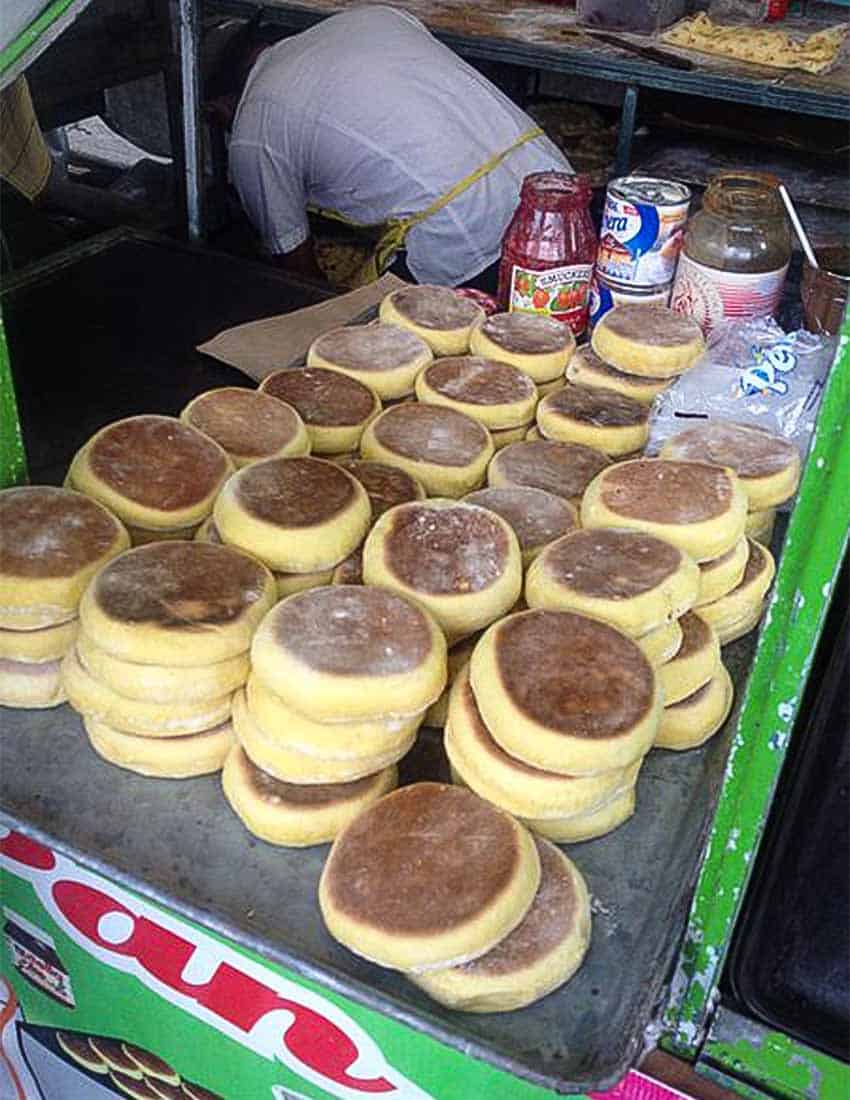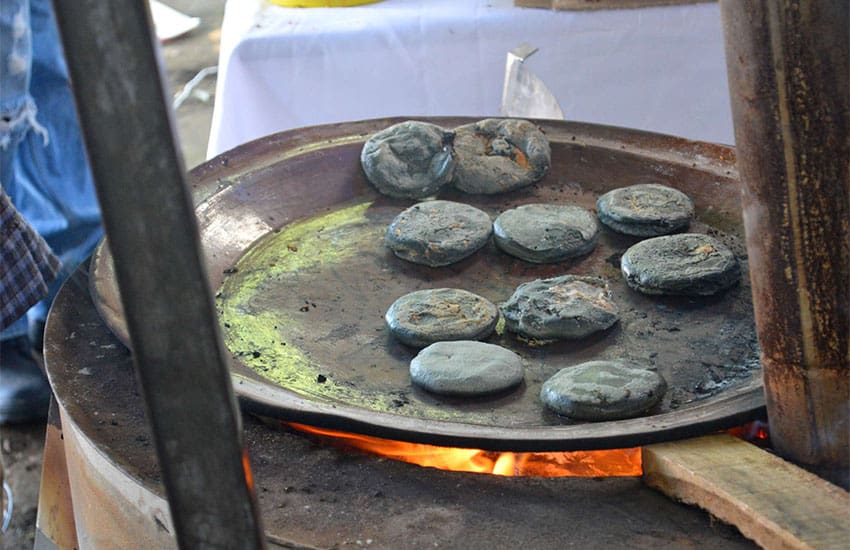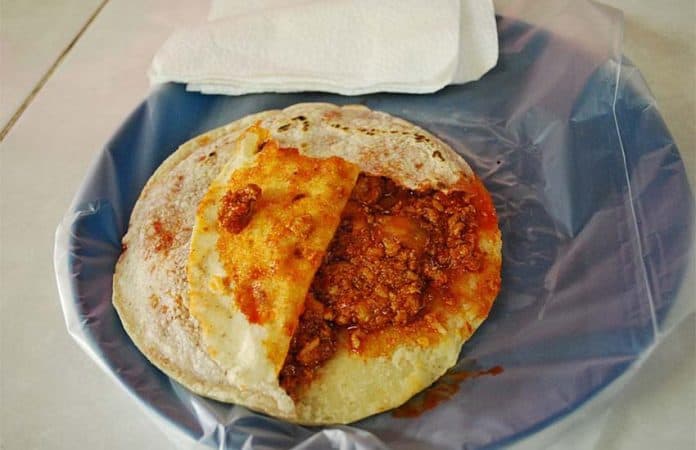Despite the vast number of articles and books on Mexican food, the gordita is one Mexican preparation that’s relatively overlooked.
This may be why they came under scrutiny recently in the media and the internet by those who interpreted the food’s name as the derogatory “little fat woman.” But there is controversy about this interpretation because gordita makes sense as a feminine word: the dish is indeed a little, fat tortilla; the word “tortillas” is feminine in Spanish; and Spanish adjectives match the gender of the noun they’re describing.
Nevertheless, one suggestion for renaming has been masa con relleno (dough with stuffing), which actually nails why gorditas are distinct from tacos and other antojitos (street food).
Traditionally, gordita preparations are made by shaping larded corn dough over some kind of filling, then pressing them somewhat flat. The resulting disk is fried, with varying amounts of fat of some kind. The cooked gordita is then split into pockets to add one or more other ingredients, raw or precooked. Fillings, both before and after cooking, vary immensely based on region and on the cook and the diner’s preferences.

In Mexico’s central highlands, savory gorditas are always made with corn dough, and almost always deep-fried. The three most common fillings are chicharron prensado (bit of pork, mostly skin, fried and pressed into blocks — also called gorditas de migajas), requesón (which is like ricotta cheese) and refried beans. After cooking, salsa is always added, but the type and quantity of vegetables and grated cheese varies from simple onion and cilantro to nopal cactus, tomatoes and more.
Similar gorditas can be found in southern Mexico, but they are nowhere near as popular. An exception is in the Yucatán, especially Mérida, where they are called polcanes, a Maya word that means “serpent’s head.” The traditional fillings for these include white beans, onions and squash seeds.
Where you find gorditas everywhere is in the northern Altiplano between Durango, Chihuahua and Nuevo León. Clients order them with dough made from corn or wheat flour. The masa is cooked sans filling on a comal/griddle, then filled with classic Mexican dishes such as chicken stew (tinga), ground beef in sauce (picadillo) or even eggs. They are so popular that recent articles in regional newspapers have bemoaned the country’s inflation that has raised their prices.
“Gordita” is also applied to similar preparations: gorditas de horno (baked) are popular in places like Zacatecas (their probable origin), Jalisco and Durango. With sweet or savory fillings, the most traditional are made in wood-fired, adobe ovens. Wheat flour “gorditas” in central Mexico are really sweet breads. They appear as puffy gorditas de nata (cream), looking somewhat like an English muffin, and as a flat, crispy version called a gordita de azúcar (sugar).

The concept of a fat, stuffed tortilla appears outside of Mexico too: in El Salvador, they are called papusas and in Venezuela and Columbia, arepas. They appear in the U.S. as well, especially the southwest. The most traditional seem to be a simple combination of corn dough with refried beans and lots of salsa, but there are some unusual twists — such as one made with a buttermilk corn cake batter.
Taco Bell, of course, has its own “gordita,” but, well, I’ll leave it to you to decide if it deserves the name.
Leigh Thelmadatter arrived in Mexico 18 years ago and fell in love with the land and the culture in particular its handcrafts and art. She is the author of Mexican Cartonería: Paper, Paste and Fiesta (Schiffer 2019). Her culture column appears regularly on Mexico News Daily.
